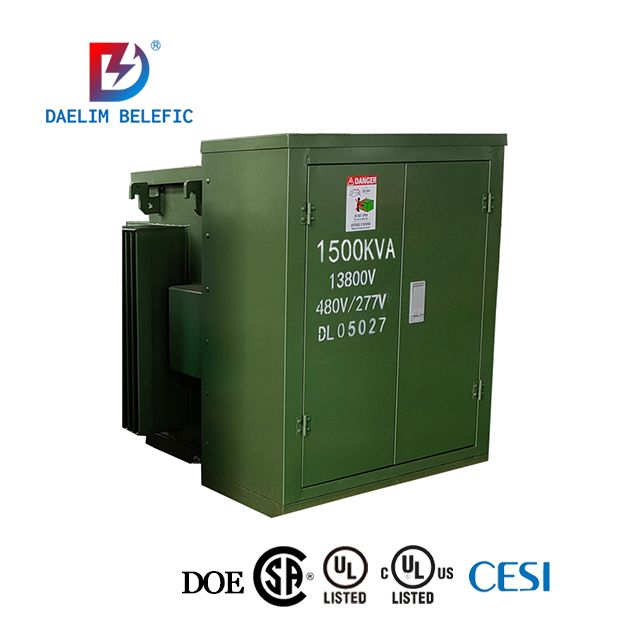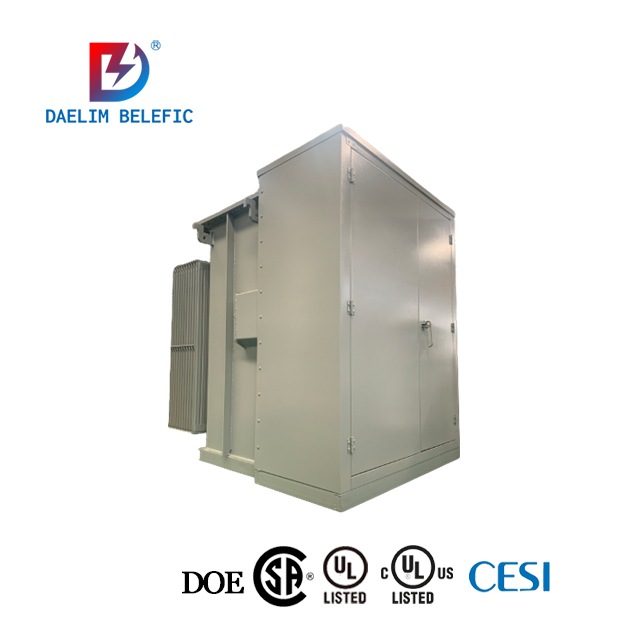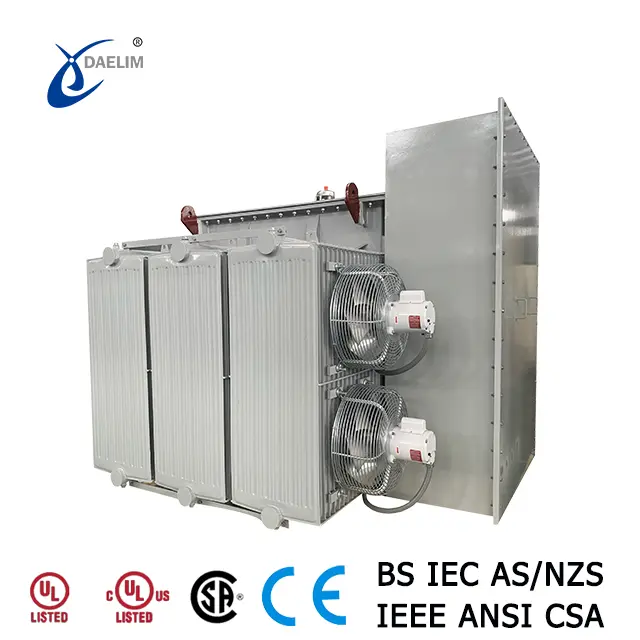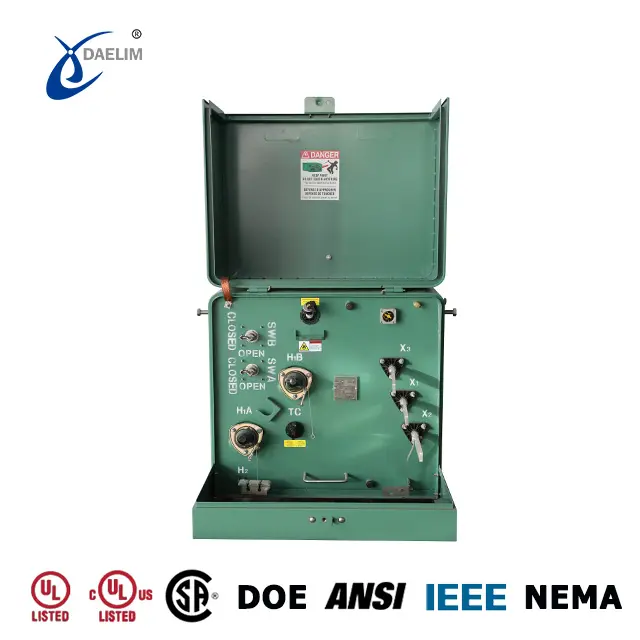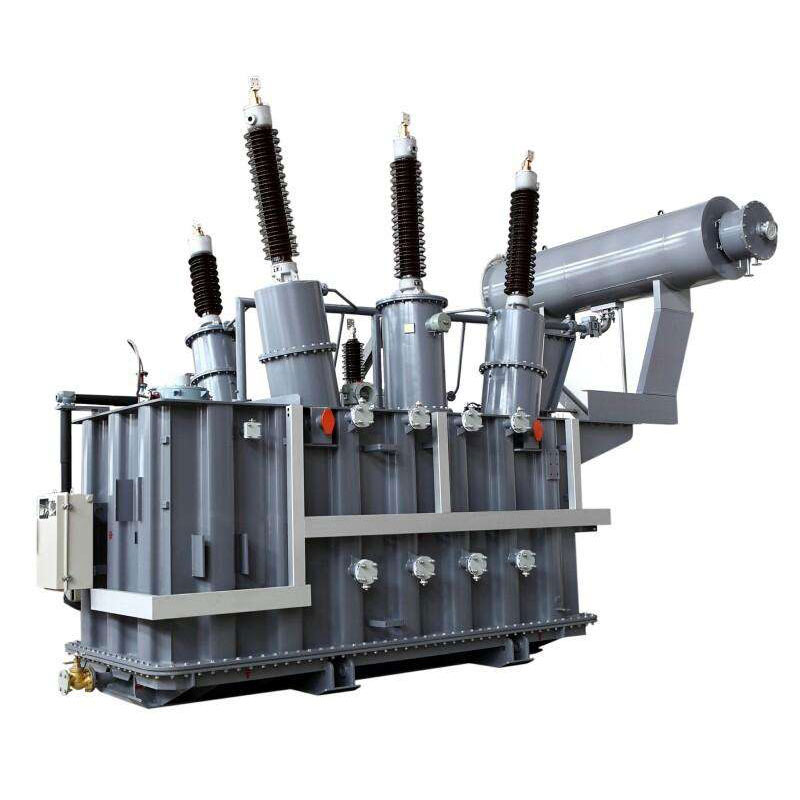What happens if the transformer is overloaded?
Transformer overload occurs when power consumption increases, leading to elevated operational temperatures, insulation aging, and reduced transformer lifespan. It can also damage connected electrical equipment. Normally, transformers should not be overloaded; in summer, load should not exceed 15% of rated capacity, and in winter, it should stay within 30% to ensure optimal performance and longevity.
Related Products
Related Article
Effects of Core Rusting on Transformers
Rust on a transformer's silicon steel sheets increases core loss and reduces efficiency. It causes overheating, degrading insulation and shortening lifespan. Rust also lowers magnetic conductivity, raises iron loss, and escalates hysteresis and eddy current losses, leading to higher induced currents, increased heat, and capacity loss.
How to measure the load loss and short-circuit impedance of a transformer?
To measure transformer load loss and short-circuit impedance, apply a rated frequency sinusoidal voltage to one winding, short-circuit the others, and correct load loss to 75°C. Use voltmeters, ammeters, and power analyzers, and calculate impedance using specific formulas. Ensure accuracy by considering instrument placement and correcting measurements as needed.
What inspections are required before the transformer is put into operation?
Before a transformer is put into operation, ensure the grounding, verify protection device settings, inspect relay protection systems, confirm bushing current transformers are short-circuited, check the oil circulation cooler and breather, adjust protection settings for voltage stability, and connect the gas relay for no-load impact testing.
Differences Between NLTC and OLTC Transformers
OLTC transformers adjust voltage levels under load without power interruptions, ideal for areas with frequent voltage or load instability. NLTC transformers adjust voltage only when de-energized, making them more economical and suitable for stable voltage conditions. Choose OLTC for instability and NLTC for stable conditions.
Differences Between Copper Core and Aluminum Core Transformers
Copper core transformers offer better conductivity, slower temperature rise, and are ideal for high-load applications. Aluminum core transformers are more economical, heat up faster, and are suitable for lower loads. Choose based on your specific load requirements.
Why Does Dry-Type Transformer Make Noise?
Noise in dry-type transformers is mainly caused by poor-quality silicon steel sheets, uneven installation sites, and high grid voltage increasing the core's magnetic density.


